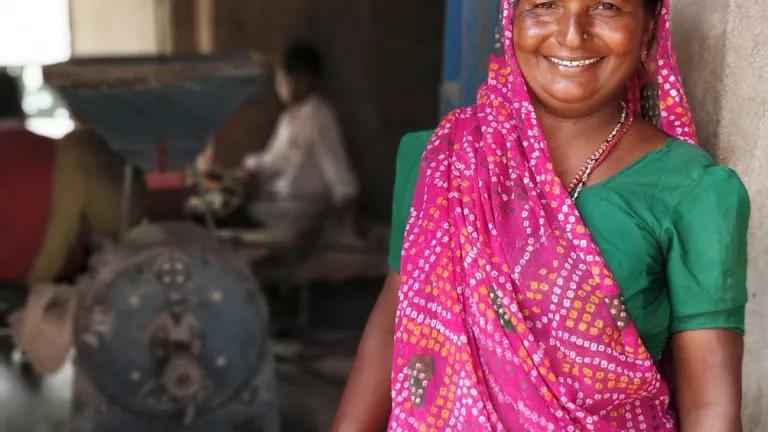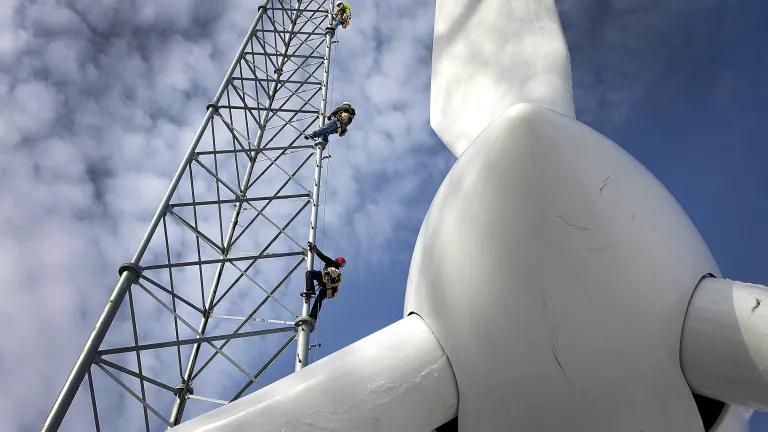Montana Steps Toward Action on Climate Change
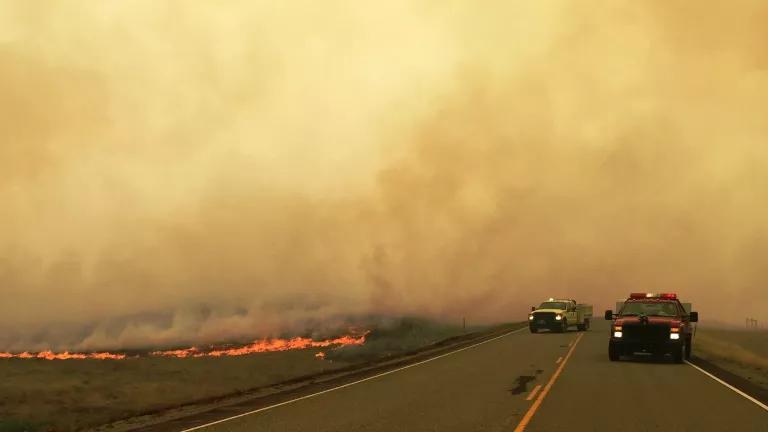
This month, Montana Governor Steve Bullock took a critical step forward in his efforts to address the threat of climate change in the state by releasing the final recommendations of the Montana Climate Solutions Council (Council).
This is the first report of its sort in Montana. The Council—made up of Montana business owners, researchers, non-profit leaders, and other stakeholders—provides guidance for how the state’s agencies, communities, and industries can increase our resilience to climate change and avoid the most drastic impacts to our quality of life.
The fact is, Montana’s climate is already changing. And the impacts we are seeing around the country, from the massive fires on the west coast to the droughts, storms, and heatwaves of recent years, will not spare Montana. Those changes have led to negative public health outcomes as well as loss of lives, income, and property. In addition to the health, community, and economic impacts, climate change is stressing our natural systems. Forests, rivers, and streams, and other natural resources we depend on for clean water, healthy air to breathe, and our emotional as well as physical health are being pushed to their breaking point.
The climate crisis is not slowing down, nor can our efforts to address it. That’s why it’s so important that Governor Bullock and the Montana experts on the Council started the process to prepare Montana communities, businesses, and individuals to thrive in the future.
Preparing Communities for Climate Change
Montana’s communities and residents are already experiencing the negative effects of climate change. It is critical that communities have the tools and supports they need to mitigate and plan for this crisis.
The Council makes several recommendations on this front, including integrating climate adaptation into disaster mitigation, wildfire, drought, and flood plans to increase resilience planning and facilitate its implementation. The report highlights the impacts climate is having on public health and recommends engaging local, state, and Tribal health providers in developing a response to extreme climate events that lead to heat exposure, vector-borne diseases, food safety and nutrition concerns, smoke-related health problems, psychological stresses, as well as other issues.
While Montana has a long way to go to prepare communities, the Council encourages us to look to Tribes such as the Confederated Salish and Kootenai Tribes and Blackfeet Nation that have been leaders on adaptation planning. The state and its residents can learn and build from the efforts Tribes have underway as well as from their traditional and Indigenous knowledge.
Using Natural Systems to Adapt and Increase Resilience
Climate change is already having significant effects on our health and safety as well as on ecosystems and biodiversity in Montana. Our temperatures are three degrees warmer than they were a few decades ago, early spring runoff is affecting water availability and causing flooding, and our fire seasons are longer than they have been in recent history. These changes to our natural systems are directly tied to how people and communities are affected by climate change—we need only to look at the fires raging across the West right now to see climate change’s destructive impact on individuals and communities.
The Council recommends taking steps to increase the resilience and health of our natural and working lands to store carbon and reduce the impacts of climate change on our built environment. For example, increasing the use of nature-based solutions—such as restoring wetlands and riparian areas—can create more resilient communities and address natural hazards such as flooding, erosion, drought, and heat.
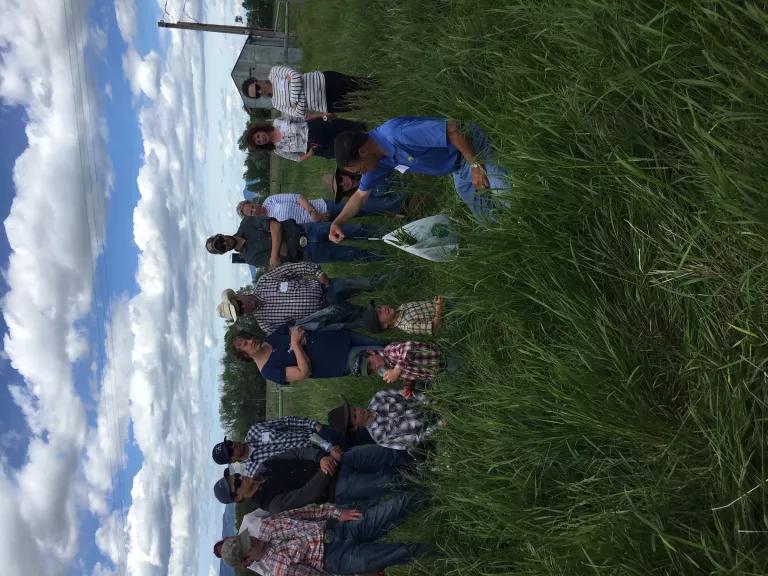
The Council also recommends investing in farmers and ranchers who are using soil building practices such as cover crops, conservation tillage, and improved grazing systems—and researching ways to increase adoption of these and other practices that increase soil water-holding capacity, reduce pest and disease risks, and store carbon. The Council suggests working in partnership to incorporate landscape-scale conservation and adaptation needs into planning and management at all levels of government.
Reducing Greenhouse Gas Emissions
Planning for and adapting to our already changing climate will be nearly impossible if we don’t stop the pollution that is driving the climate crisis. The Council’s plan makes many recommendations on how the state can cut carbon pollution and addresses all sectors, including electricity generation, buildings, transportation, and methane pollution.
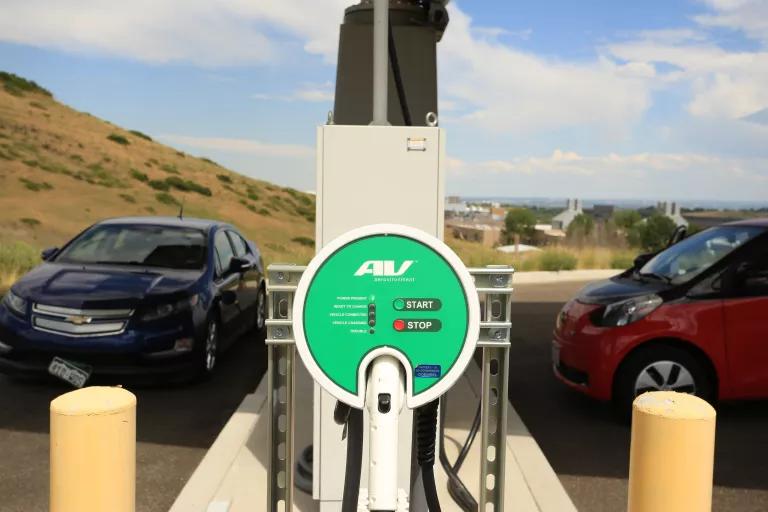
Of course, it is a lot easier to make recommendations than to take real action, and the time for action is upon us. This report includes some useful guidance, but will the state follow it? That is Montana’s challenge now, as it has been all along. The Montana legislature can address many recommendations in this report including creating a soil health program, adopting an energy efficiency standard and requiring utilities to promote beneficial electrification, establishing minimum energy and water efficiency standards for appliances sold in the state, and requiring cleaner and more electric cars. One area where the legislature can go further than the Council suggested is by following the lead of Nevada, New Mexico, and Washington in establishing stringent renewable energy, and clean energy requirements.
Montana cannot wait another day to begin cutting carbon. The Council’s recommendations provide a good starting point.



